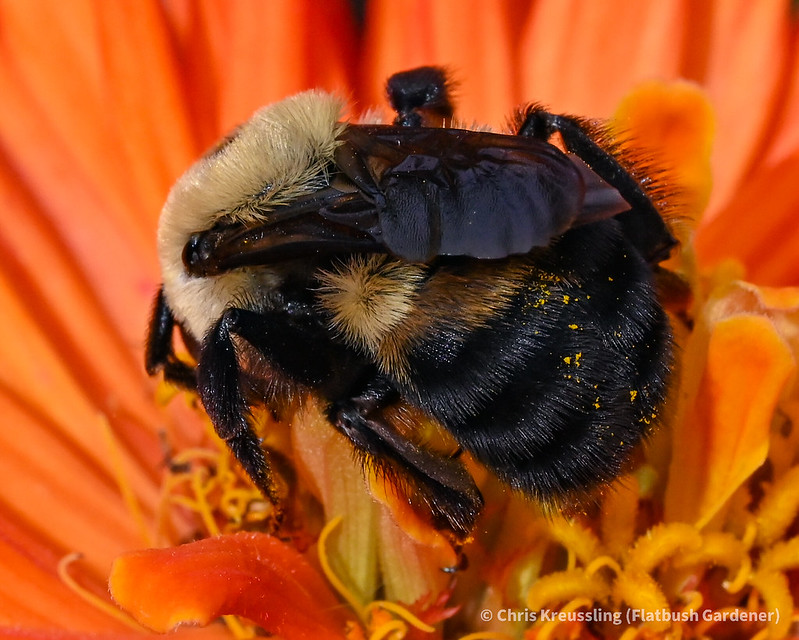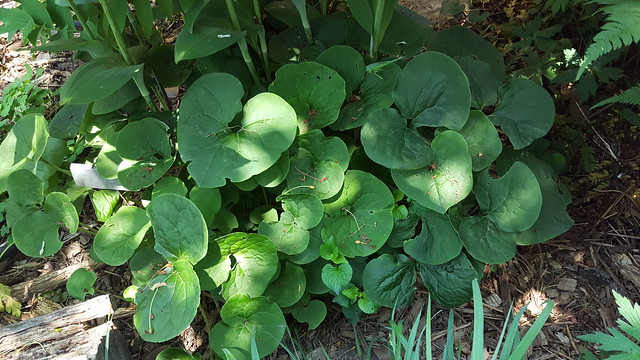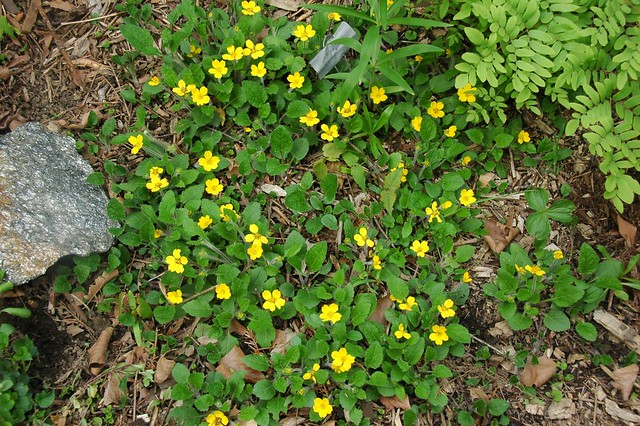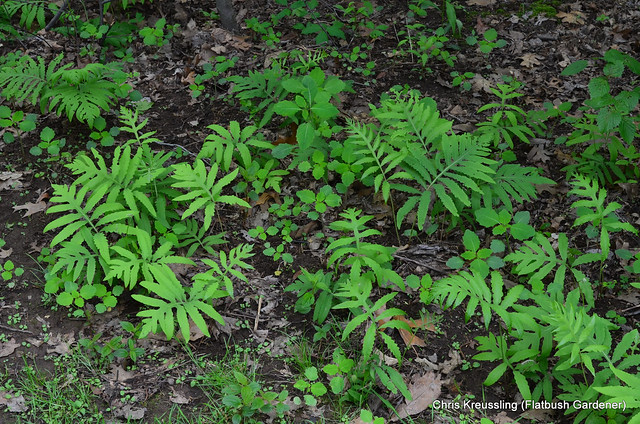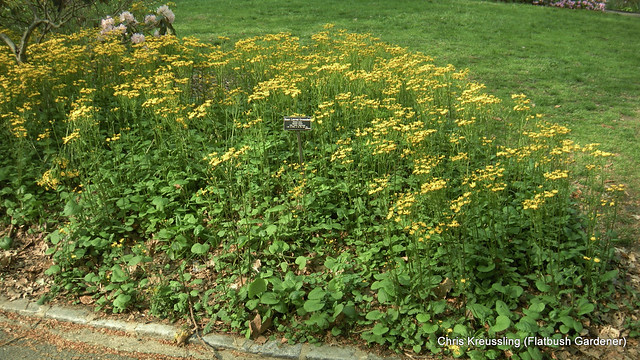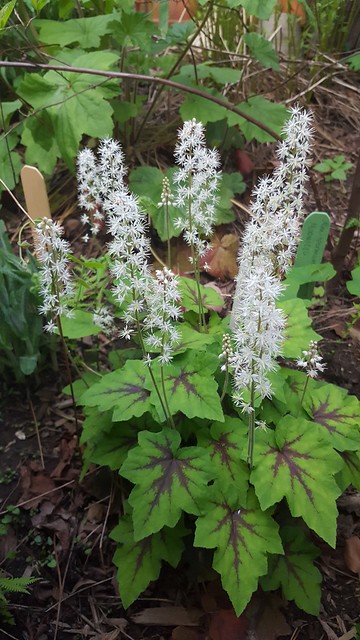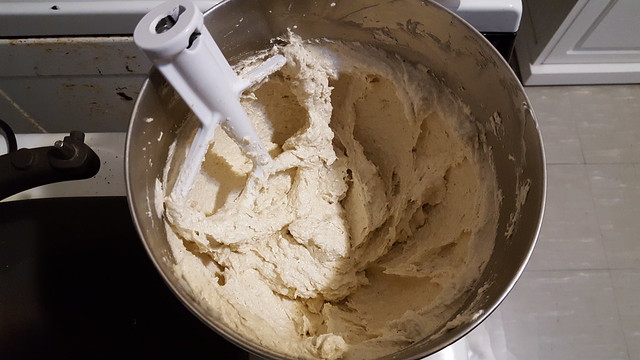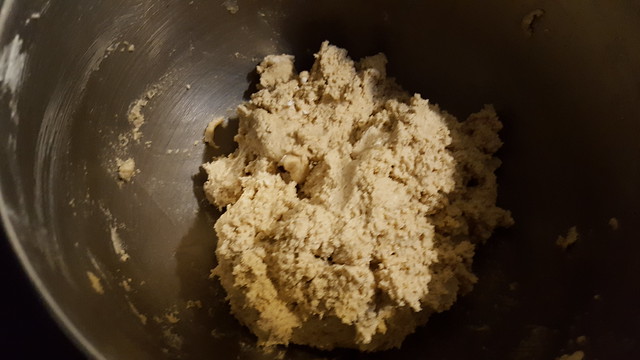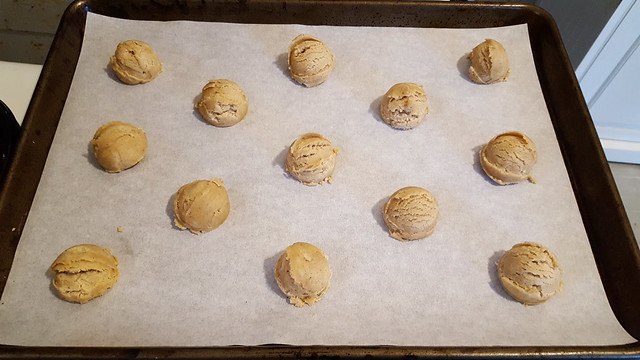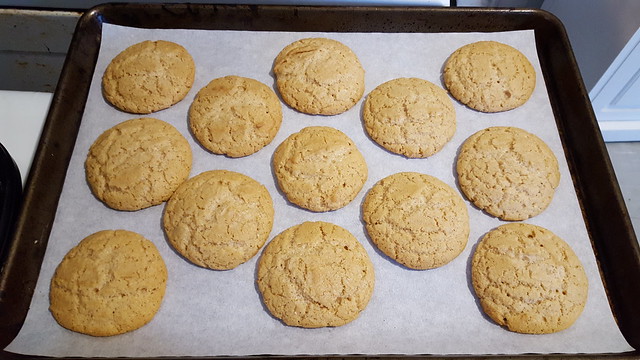The annual New York Restoration Project Tree Giveaway begins distribution on Saturday, April 13th, a little less than 6 weeks away. It runs for four weeks, ending on Sunday, May 12th.
Advance registration is mandatory. You select your preferred species when you register. Note that each location will only have 6-8 species. Some locations, especially smaller sites, may be “sold out” of some species. So, check the locations you can get to, confirm you can do it on their giveaway dates, and select from the species available at those sites.
Consider the mature size, after 30 or more years of growth, of each species. There are two lists below: one for smaller-medium sized shrubs and trees that max out at no more than around 50′ high and 30′ wide; the other for the larger trees that will grow too large for most urban yards. These sizes do not take into consideration existing vegetation, outdoor structures, etc. Your conditions will vary!

I’ve highlighted the 12 species that are NEW for 2024. The 6 species that aren’t available this year are crossed out.
Shrubs and Smaller Trees
- Allegheny Serviceberry, Amelanchier laevis 25′ tall x 15-20′
- American Hazelnut, Corylus americana 8-16′ x 10-15′
- American Hornbeam, Carpinus caroliniana 35′ x 20-30′
- American Persimmon 50′ x 20-35′
- American Plum 15-25′ x 20′
- Beach Plum, Prunus maritima 4-10′ x 3-10′
- Eastern Redbud, Cercis canadensis 20-30′ x 25-35′
- Elderberry, Sambucus canadensis 5-12′ x 6-10′
I have one in my front yard. This is a suckering shrub that can spread much wider than 10 feet! - Flowering Dogwood, Cornus florida 25′ x 15-30′
- Fragrant Sumac, Rhus aromatica 6-12′ x 4-6′
- Gray Birch, Betula populifolia 25-40′ x 10-20′
Highbush Blueberry- Northern Bayberry, Morella pensylvanica 8-10′ x 6-10′
- Pagoda Dogwood, Cornus alternifolia 25′ x 15-30′
- Pussy Willow, Salix discolor 10-20′ x 4-12′
- Smooth Alder, Alnus serrulata 8-12′ x 5-10′
- Sweetbay Magnolia, Magnolia virginiana 50′ x 15-25′
- Washington Hawthorn, Crataegus phaenopyrum 30′ x 25-30′
- White Fringe Tree, Chionanthus virginicus 12-20′ x 10-15′
Winged Sumac- Witchhazel, Hamamelis virginiana 25′ x 10-20′
Larger Trees
American Beech- Bald Cypress
- Basswood
- Black Cherry
- Black Gum
Black Locust- Eastern Red Cedar
- Hackberry
- Honey Locust
- Northern Red Oak
Pin Oak- Red Maple
- Silver Maple
Swamp White Oak- Sweetgum
- Sycamore
- Tulip Poplar
- Willow Oak
Brooklyn Locations
There are 8, two more than last year, Brooklyn pickup sites.
- April 20: Wyckoff House Museum, East Flatbush/Canarsie
- April 28, Green-Wood Cemetery, Greenwood Heights
- May 4: Red Hook Farms (Red Hook, Brooklyn)
- May 4: Brooklyn Public Library, Brownsville Branch
- May 5: Java Street Community Garden, Greenpoint
- May 11: Brooklyn Public Library, Marcy Branch, Bedford-Stuyvesant
- May 11: Citizens Avenue U Branch, Homecrest/Sheepshead Bay
- May 12: HELP USA, Brownsville
Related Content
2023-03-09: 2023 NYRP Tree Giveaway
2010-04-08: Put Down Roots: Million Trees NYC Tree Giveaway
2008-10-14: Tree Giveaway this Saturday in Sunset Park



